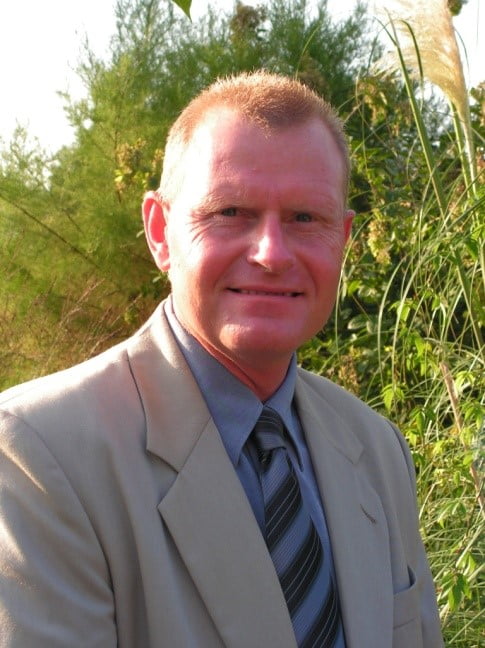
Lein Tange, ICL-IP, set the scene for the discussion with a summary of the challenges and opportunities for recycling technical plastics and a presentation of several European R&D and pilot industrial recycling projects. The EU WEEE Directive (Waste Electrical and Electronic Equipment 2012/19/EU) obliges to separate out plastics containing brominated flame retardants. These can then be recycled if the levels of POP brominated FRs (Penta-, Octa- or Deca-BDE, HBCD) are lower than prescribed limits (1000 ppm for each one separately). However, mechanical recycling of post-consumer plastics poses challenges of scale/logistics (cost of handling and transport), regulatory obstacles to “waste” transport, and quality of analysis and sorting. Only small levels of sorting failure (2% limit), resulting in mixing of incompatible polymers or additives, can be problematic for mechanical recycling, leading to “downcycling” to lower grade mixed plastics or incineration. Black colour (carbon black) poses a significant obstacle to sorting. For these reasons, a range of different recycling routes are needed, as part of integrated waste management: mechanical recycling, chemical recycling back to clean polymer, energy recovery as fuel or syngas. The Plast2bCleaned project, with solvent-based physical (dissolution/purification) recycling, shows a carbon footprint close to that of mechanical recycling. The PolyStyreneLoop industrial demonstration plant under construction at Terneuzen, The Netherlands, will recycle 3 000 t/y of polystyrene, eliminating the POP brominated FR HBCD and recovering clean polystyrene granules as well as bromine. The carbon footprint is 2-3 times better than incineration. Other EU funded projects include CloseWEEE, MultiCycle.